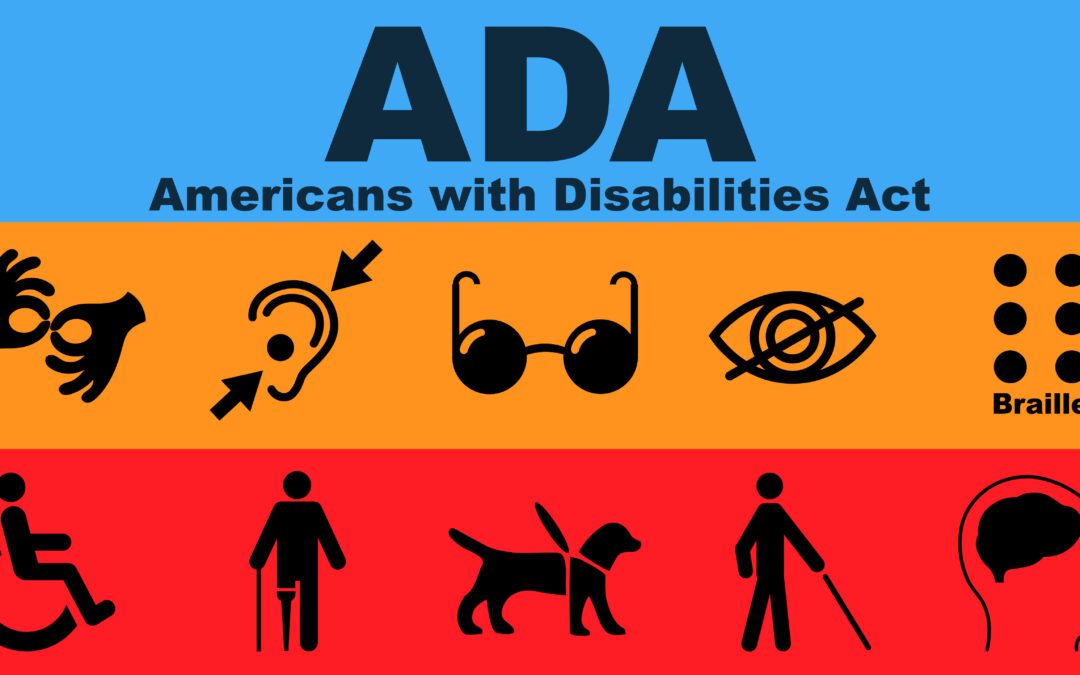Autism, autoimmune disorder, blind or low vision, cancer, cardiovascular or heart disease, celiac disease, cerebral palsy, deaf or hard of hearing, depression or anxiety, diabetes, epilepsy, gastrointestinal disorders, intellectual disability, missing limbs or partially missing limbs, nervous system condition and psychiatric condition. What do all of these things have in common?
According to the Department of Labor (DOL), these are some of the identified disabilities included on the Voluntary Self-Identification of Disability form. However, it is not an exhaustive list.
Many of you may have experience filling out or processing a Voluntary Self-Identification of Disability form. Some organizations include this form when individuals are applying to jobs and then again in their new hire materials. It asks the question: ”How do you know if you have a disability?” Then it explains that “if you have a physical or mental impairment or medical condition that substantially limits a major life activity, or if you have a history or record of such an impairment or medical condition,” that you are considered to have a disability. Many of our readers likely have or had one of these listed disabilities in their lifetime.
According to the Centers for Disease Control and Prevention (CDC), 61 million adults in the United States live with a disability, that is 1 in 4 adults. Their graphic states that “the percentage of people living with disabilities is highest in the South.”
The Americans with Disabilities Act Amendments Act of 2008 (ADAAA) broadened the definition of disability. If you are one of the 61 million Americans with a disability, you have rights both as an employee and a job seeker. There are laws in place to protect you from discrimination and to advocate for fair employment practices. Employers have to consider reasonable accommodations for individuals with disabilities and should be participating in an interactive dialogue process with these employees or prospective employees regarding support for their disability in the workplace or in the application process.
If we look back at that Voluntary Self-Identification of Disability form, how many of you would complete that document honestly acknowledging that you do have a disability? In some cases, individuals fear repercussions, job loss, discrimination, etc. if they choose to identify themselves in such a way. Job seekers would also fear that they would not be selected for the job because of an assumed burden of their disability or an assumption that they cannot do the job because they have an identified disability. All of these would be considered forms of discrimination. But in a world where employers don’t/can’t give feedback and automated rejections are the norm, how does anyone prove that they were discriminated against for checking yes to the box?
In a recent poll A People Partner conducted, six individuals voted and 50% of them indicated that they do not notify employers or prospective employers of a disability using the form because they are afraid it might impact them negatively, while 17% said they don’t feel it’s their employers business to know. The remaining 33% stated they do answer yes on the Voluntary Self-Identification of Disability form. More than half of the individuals who responded said they answer no to having a disability out of fear, but yet they still have one of the qualified disabilities. There is clearly more work that needs to be done by employers to change the perception of providing honest answers to this self-identification form. This means we need to do more in shaping the way job seekers interact with their organizations. If they are still fearful of sharing truthful information, then we still aren’t where we need to be as a collective culture. Let’s do the work and make fear of retaliation and discrimination disappear from workplace culture.
July is Disability Pride Month. What is your organization doing to support individuals within your workforce that have a disability? Do better than the form. Be proactive and implement processes in your organization that allow you to help individuals with disabilities who might fear speaking up or don’t know how to advocate for themselves.
References
https://www.dol.gov/sites/dolgov/files/OFCCP/regs/compliance/sec503/Self_ID_Forms/503Self-IDForm.pdf
https://www.dol.gov/general/topic/disability/ada
https://www.census.gov/newsroom/facts-for-features/2021/disabilities-act.html


Thanks for your blog, nice to read. Do not stop.